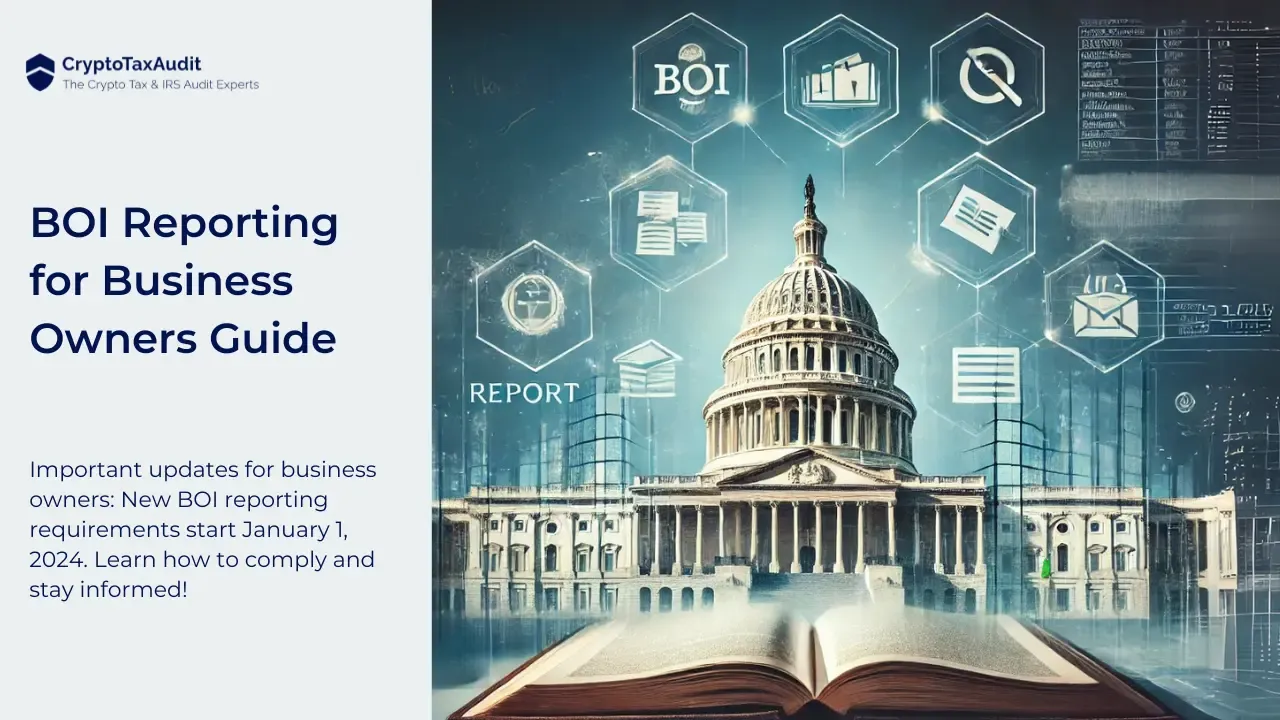
Solana, unlike Ethereum, does not need to rely on Layer 2 solutions. Its story begins with Anatoly Yakovenko, a software developer who sought to address the scalability limitations faced by existing blockchains. In November 2017, Anatoly published a groundbreaking whitepaper introducing Proof of History (PoH). This novel technique allowed computers that didn’t inherently trust each other to agree on time, paving the way for a highly efficient network. Unlike Bitcoin and Ethereum, which struggled to handle more than 15 transactions per second, Solana aimed to be thousands of times faster right from the start.
Anatoly’s vision led to creating a private codebase, initially implemented in the C programming language. However, his former colleague, Greg Fitzgerald, encouraged him to reimplement the project in Rust. Rust’s safety guarantees and performance advantages convinced Anatoly, and within two weeks, he migrated the entire codebase. The project was initially called Loom, but the team rebranded it due to confusion with another Ethereum-based project. They settled on the name Solana, paying homage to the small beach town of Solana Beach in Southern California, where Anatoly, Greg, and others had lived and surfed during their Qualcomm days.
In March 2020, Solana went public, with its first block created on March 16. The platform was designed to support smart contracts and dApps like Ethereum and other smart contract platform (SCP) blockchains. During its test net phase, the team demonstrated impressive throughput, verifying and processing 10,000 signed transactions in just over half a second. Around this time, another former Qualcomm colleague, Stephen Akridge, showcased how offloading signature verification to graphics processors could massively improve throughput.
In late 2022, Solana faced a significant challenge—a wave of FUD due to its association with Alameda Research, a quantitative cryptocurrency trading firm led by Sam Bankman-Fried. As a result, the market sentiment turned bearish, causing Solana’s native token, SOL, to experience a massive dump. What followed since then has been nothing short of remarkable. Solana’s community, including developers and retail investors, rallied together, demonstrating unwavering support. They believed in Solana’s underlying technology, scalability, and potential for real-world adoption.
Today, Solana is the fifth largest cryptocurrency by market cap, behind only Bitcoin, Ethereum, Teether, and BNB. It has been smashing records in the number of daily active users, dapps, transaction volume, and fees. As it is significantly faster than Ethereum, and its fees are less than $0.01, it has become the preferred blockchain for many.
Ethereum vs Solana
Ethereum has stood the test of time and remains the preferred blockchain for many whales and institutional investors, with speculation floating around an upcoming Ethereum ETF. While Solana still lags in market cap, it has not only caught up to Ethereum but has surpassed it by various metrics. While both chains are very different, they share many similarities, which is why they are often compared.
Similarities
Smart Contract Platforms
Ethereum and Solana are both SCPs capable of executing smart contracts and having dApps run on their networks, such as Uniswap and Aave on Ethereum, as well as Jupiter and SOLend on Solana.
Proof-of-Stake
While Ethereum was once a Proof-of-Work cryptocurrency, it is now a Proof-of-Stake cryptocurrency similar to Solana. This means that the validation and token issuance of the protocol is based on amounts staked, as opposed to miners who operate in PoW cryptocurrencies.
Staking Rewards
Due to both cryptos being PoS, users can stake both coins and earn staking rewards.
Token Standards and NFTs
Both blockchains have standards that can be used to launch other tokens on top of the blockchains. Ethereum has ERC-20 tokens, whereas Solana uses the SPL standard. These standards allow tokens to be created within certain parameters so that they can be launched on Ethereum or Solana. Think of the native blockchains as operating systems, such as iOS and Android, and the tokens as apps running on top of these operating systems. These token standards also allow non-fungible tokens to be created on both blockchains.
Differences
Speed
Transaction processing speeds are a key difference between Ethereum and Solana. Ethereum can currently handle between 15 to 30 transactions per second. Solana, on the other hand, can handle about 65,000 transactions per second.
Transaction Fees
Transaction fees, commonly known as gas fees, differ significantly between the two blockchains. On Ethereum, fees can be volatile and expensive during network congestion. Fees on Ethereum can range from $10 to over $100. In contrast, Solana fees are usually less than $0.01 per transaction.
Decentralization
Regarding decentralization, Ethereum is transitioning from proof-of-work to proof-of-stake, aiming for greater decentralization. However, some critics argue that Ethereum now relies heavily on a few major validators. In contrast, Solana utilizes PoS and actively encourages more validators and community participation, striving for a more decentralized ecosystem. However, there are higher barriers to entry to set up a Solana validator; as such, currently, Ethereum has over 950,000 validators, while Solana only has 2,133 validators.
Ecosystem
Ethereum currently has the largest DeFi ecosystem, as it was the first SCP and the chain to lead the DeFi revolution. With a plethora of decentralized exchanges, borrowing and lending dApps, NFT marketplaces, and many other applications, Ethereum is still king when it comes to its ecosystem. While Solana does not quite have the ecosystem that Ethereum does, it has made huge strides to close the gap. Solana dApps have not only caught up but surpassed Ethereum dApps, as Jupiter and Raydium, the top Solana decentralized exchanges, have both passed Ethereum’s Uniswap in 24-hour volume; Magic Eden (Solana’s main NFT marketplace) has seen $416M in volume over the past thirty days compared to OpenSea’s $132M.
When it comes to daily active users, Solana has passed Ethereum on this metric, as Solana has about 1.5 million daily active users compared to Ethereum’s 550k.
Conclusion
If you are one of the many cryptocurrency enthusiasts or investors who use platforms like Solana, understanding the tax implications of your transactions is essential. Don't let tax season catch you off guard—take proactive steps today by exploring our resources and services tailored specifically for crypto investors. To ensure that you remain compliant with tax regulations while maximizing your benefits, visit CryptoTaxAudit.




